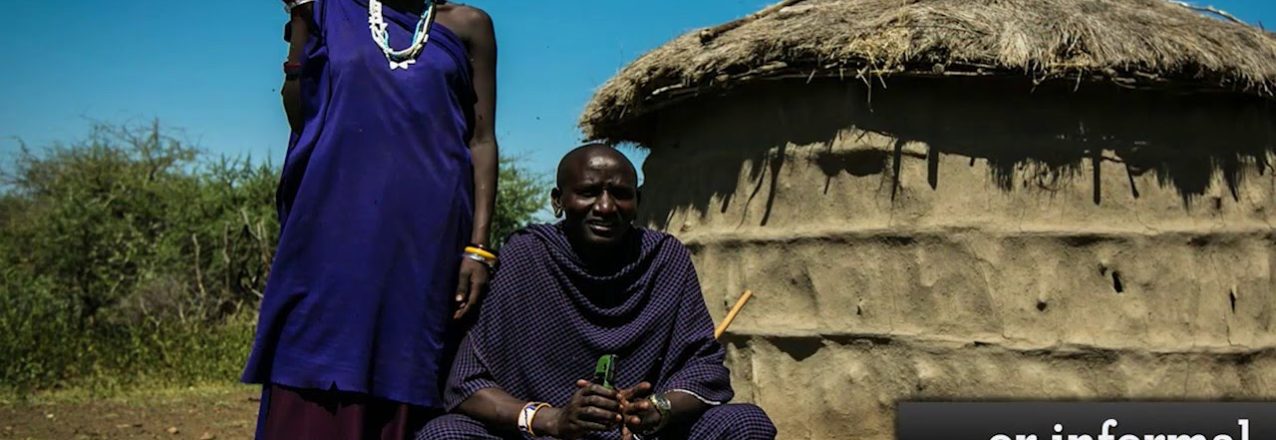By M. Mercedes Stickler, Senior Land Governance and Evaluation Advisor in USAID’s Land Tenure and Resource Management Office. This commentary originally appeared on USAID’s Impact Blog.
At an event marking five years since the release of USAID’s Evaluation Policy, USAID Administrator Gayle Smith noted, “Development is aspirational, but it’s also a discipline.” I couldn’t agree more.
As a researcher and practitioner, I approach development with a scientist’s eye: I draw on the best available evidence and carefully measure the impact of our programs to better serve our beneficiaries and maximize our limited funds. Together, let’s examine how USAID is learning from our experience and investing in rigorous impact evaluations in partnership with local stakeholders.
But aren’t impact evaluations difficult and expensive? Don’t they take years to show results? Is it ethical to “withhold” benefits from people in order to run a scientific experiment? I hear these questions often. For the past three years, I have managed a portfolio of eight land and resource governance impact evaluations across sub-Saharan Africa.
To learn about the 5 common misconceptions and lessons learned and, visit USAID’s Impact Blog >>


